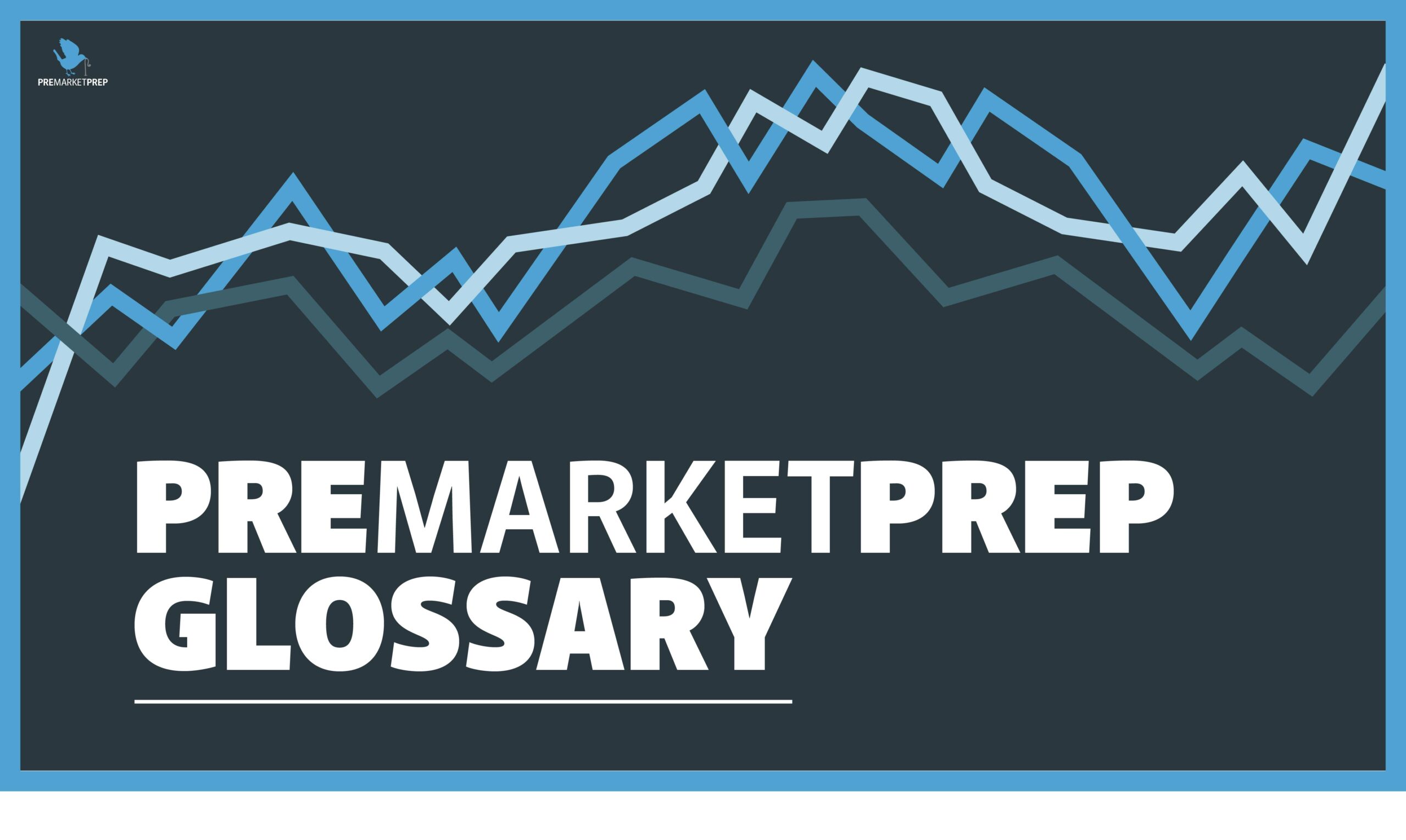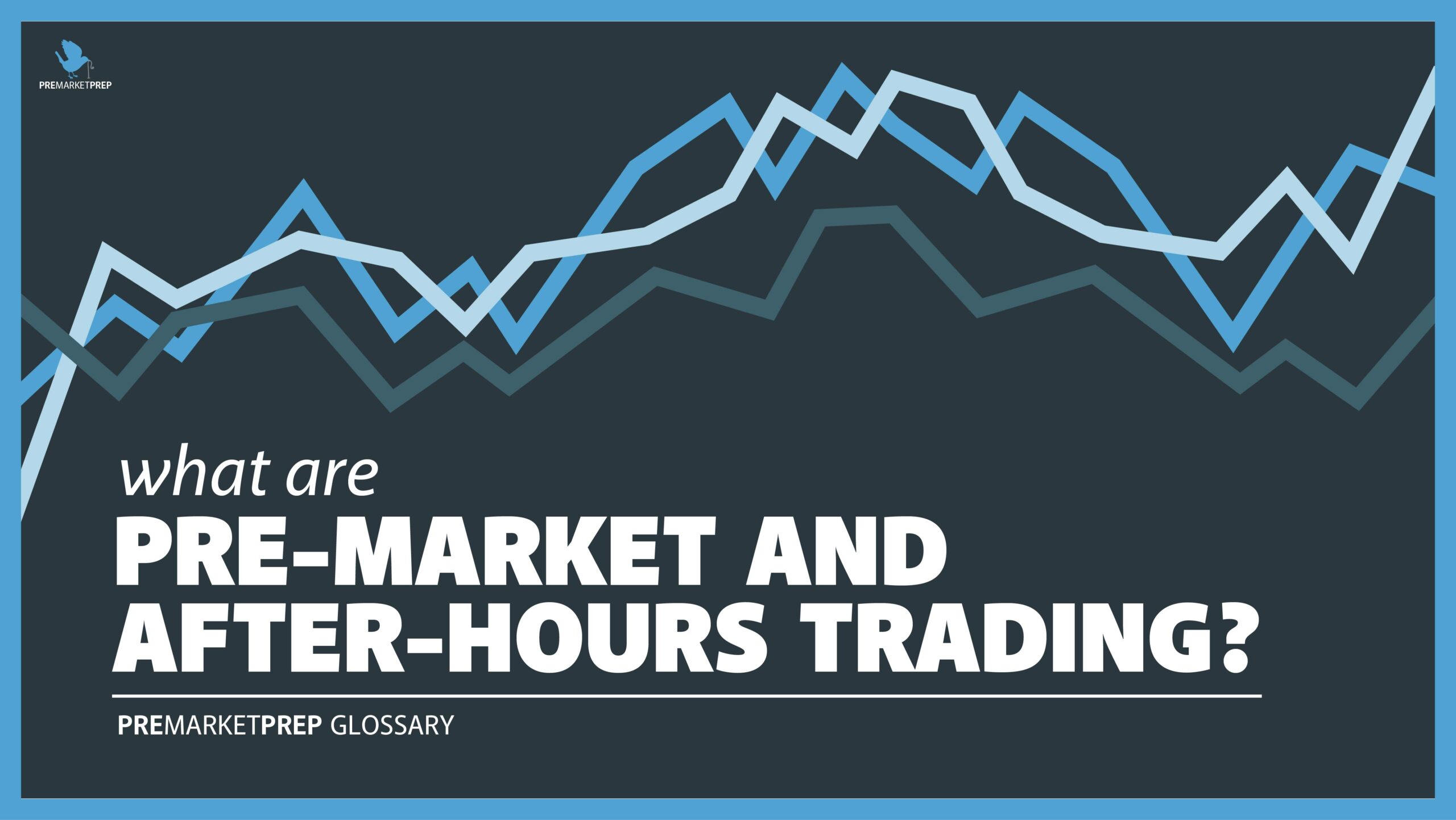A sudden downturn in price after entering a position may discourage many investors. However, it can be beneficial to double down by increasing your position, thereby “averaging down.” An example:…
Read More

Asset managers often increase holdings in successful stocks right before the end of the fiscal quarter to make it appear as though their positions did better than in actuality. Holding…
Read More
The Forward P/E Ratio is simply a stock’s share price divided by future analyst projections of the company’s earnings. While analyst projections can be fairly accurate, they are also subject…
Read More
Stocks react to positive news by trading at higher prices as trader confidence in the stock rises. A “gap” occurs when a stock opens at a price significantly higher than…
Read More
In psychology, “herd mentality” refers to the individual’s proclivity to follow the group rather than their intuition. The same principle can be applied to the stock market. An investor may…
Read More

What are pre-market and after-hours trading and why are they essential in understanding the markets? The New York Stock Exchange (NYSE) and NASDAQ’s weekday trading window is from 9:30 a.m.…
Read More
The P/E Ratio is simply a stock’s share price divided by the company’s earnings. A high P/E ratio indicates that a company could be overvalued by investors, while a low…
Read More
Stock analysts evaluate companies and offer their opinions about future trajectories of a given stock price. They consider historical performance, industry growth, management guidance, and other factors to make projections…
Read More
Often, traders may have uncertainty or pessimism regarding a particular trade or investment position. If you are “in doubt,” it is sometimes best to “get out” of your investment. By…
Read More


